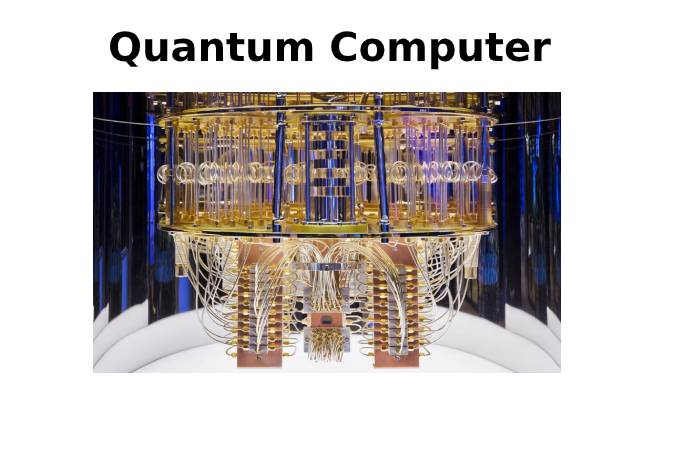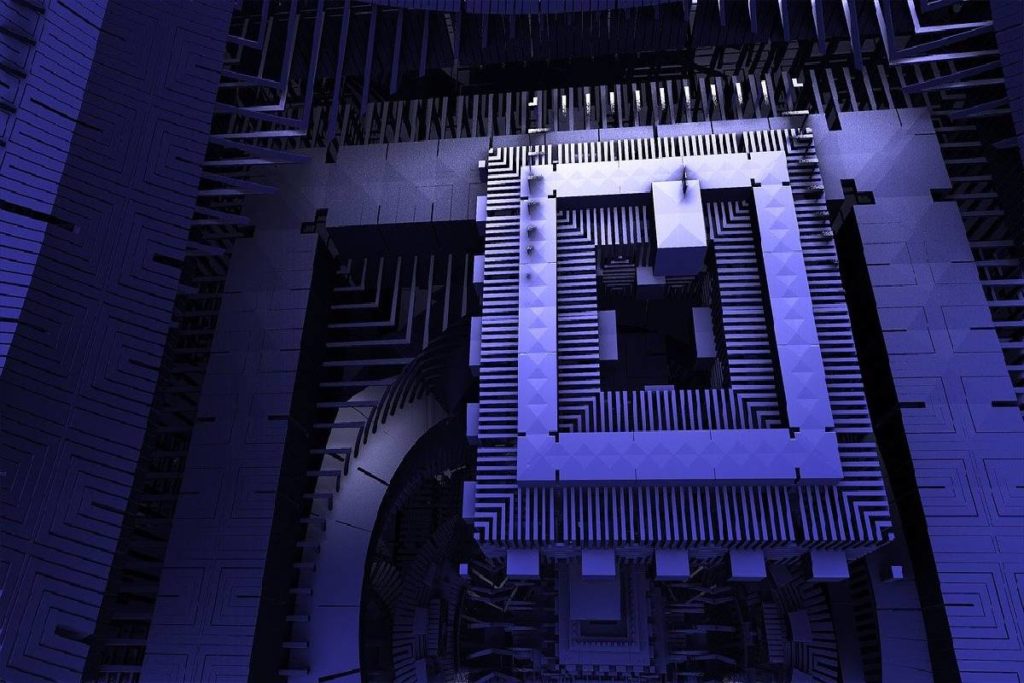Quantum Computers – Standard computers and supercomputers specially designed to carry out operations. So that allows us to perform all the tasks we do daily in front of the PC. However, new machines are about to arrive capable of doing everything at a higher speed and with an efficiency unthinkable until now. We are talking about quantum computers, which are no longer a science fiction element.
The difference between a quantum computer and a normal one is that the former work at the atom level, following quantum physics fundamentals.
How Quantum Computer Works?
Thus, the regular computers that we are used to working with use bits. However, quantum computers use a new unit, called a qubit, made up of individual atoms. Thus, while in classical computing, each bit contains a value that can be represented by a 0 or a 1, a qubit can have both simultaneously, which facilitates a significant increase in processing speed.
For ordinary users who do not understand physics and do not care about internal drives, quantum computers could be much faster than traditional ones. And, while a standard computer works sequentially, quantum computers are capable of doing it in parallel. This means that the PCs we have at home have to solve one task first and then another until it performs all necessary to carry out an activity. However, a quantum computer is capable of multitasking, facilitating an increase in speed.
To use Office or surf the Internet, which most of us do with computers, having a quantum computer does not have many advantages over the usual ones. However, it can be of great help to decrypt keys, as it does not have to locate the characters that make up a password one by one. This implies that they can be beneficial for some things and dangerous if they fall into the wrong hands.
Quantum computers can sequence genomes or study quantum chemistry in the scientific field, helping create new drugs.

The History Of Quantum Computers?
The idea of creating it began to be studied in the 80s. Although it was not until the 90s when foundations found on which to start working. Specifically, in 1994 the mathematician Peter Shor published an algorithm. And that became the starting gun to begin working with real quantum computer models. And not just with a handful of messy ideas. They already built quantum computers. Although, at the moment, they are only prototypes that have no intention of going on sale soon.
Google or NASA have been some of the first institutions interested in this type of computer, which is still far from the average user and large companies. Although it is already a reality. However, all experts agree that this type of computer will constitute an essential boost in the future of computing. since, in a few decades, the use of traditional computers will seem like something from the Paleolithic.
Some specialists predict that by 2020 we could start to see the first quantum computers. Although it all depends on how the development experiments go.
The main problem for which quantum computers have not yet reached the general public is errors. There are only two types of possible errors in traditional computers, while in quantum computers, there are three. So solving them is much more complicated. But the errors in some small quantum modules have already eliminated. So the first step for these computers to become a reality has already taken. Probably, in the not too distant future, everything we know today as computing will become part of the past.

